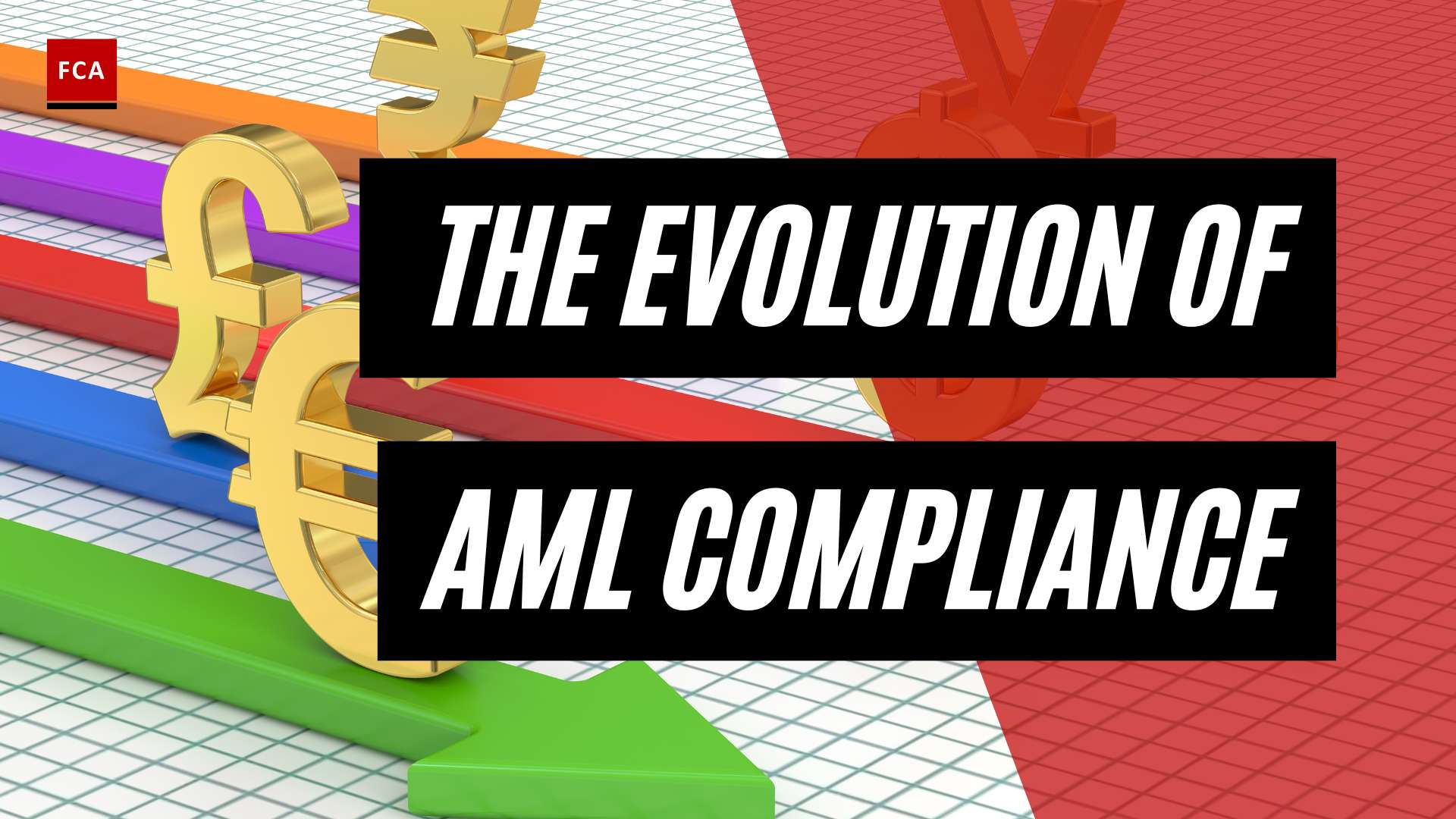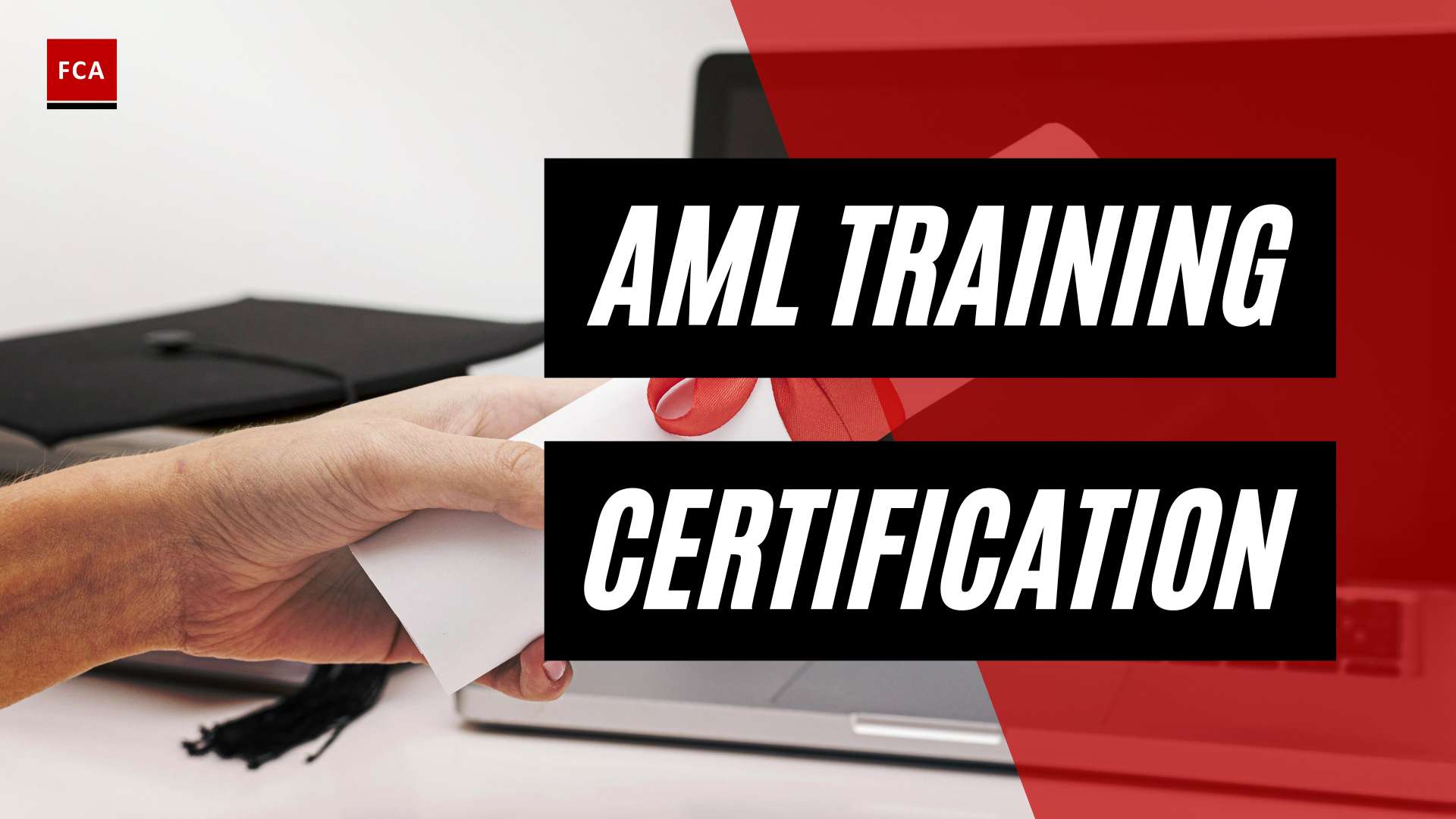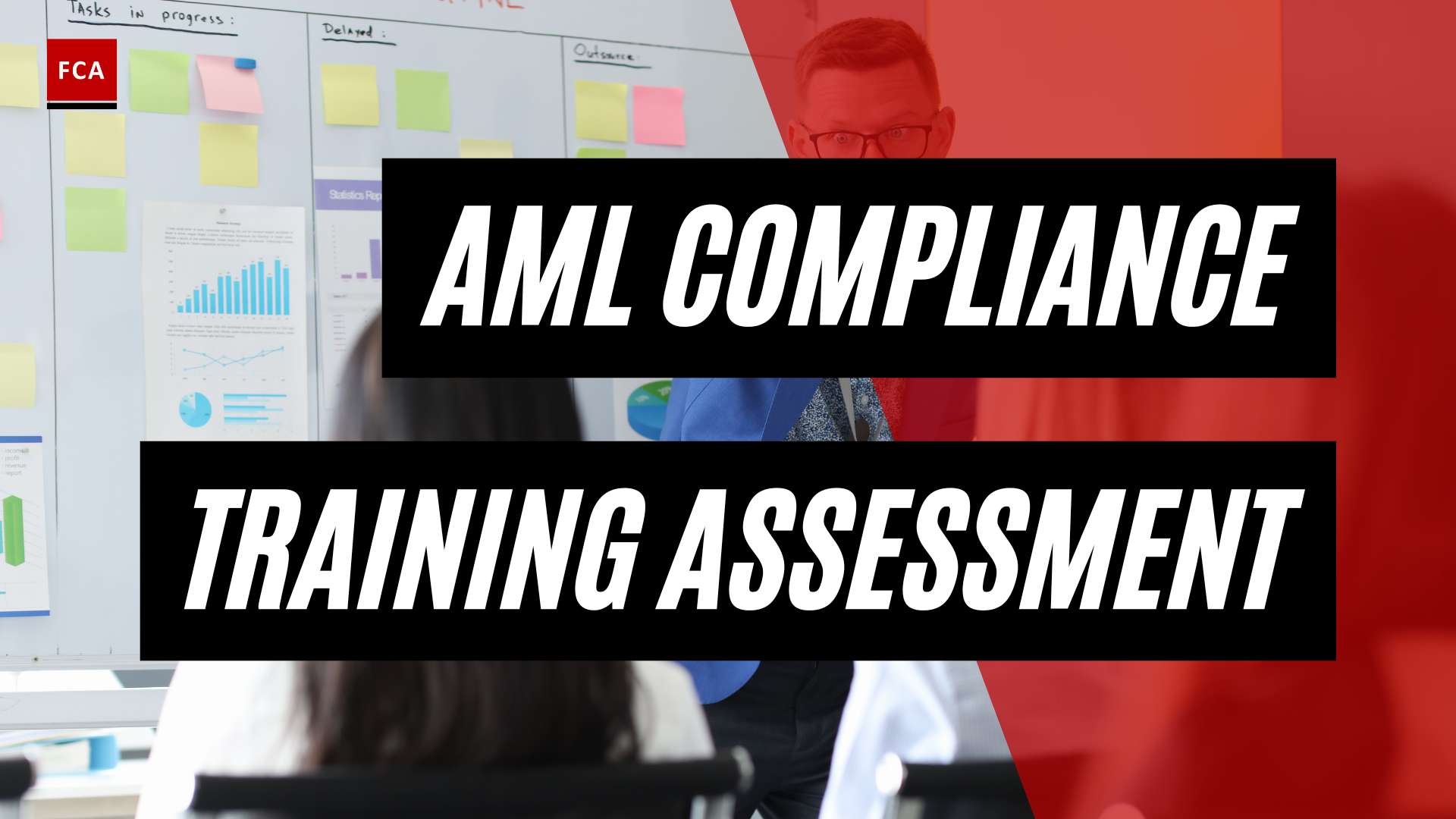The Most Important AML And CTF Regulation In The US is unsurprisingly, the legislative activities in the US are strongly tied to those of international and national criminal organizations, including Al Capone in the 1930s and the infamous Colombian drug cartels such as the Medellin and the Cali cartel.
Generally speaking, anti-money laundering laws are a relatively new type of legislation. Still, in half a century of activity, there have already been many adaptions to keep up with the constant threats that money laundering poses.
The Most Important AML And CTF Regulation In The US
We will now get to know the most important pieces of US AML regulation.
Bank Secrecy Act
First on our list is the Bank Secrecy Act. The Currency and Foreign Transactions Reporting Act, the Bank Secrecy Act, dated back to the 1970s and was the first landmark legislation formed to prevent criminals from obscuring the origins of criminal proceeds through banks and other financial institutions. The law compelled financial institutions to cooperate with the government against suspected money laundering. The BSA is the United States’ most important anti-money laundering regulation. Banks and other financial institutions must ensure they meet the compliance obligations the BSA involves.
The BSA is intended to aid the fight against money laundering and ensure that banks and financial institutions are not used as tools to facilitate it. Under the BSA, institutions must detect and monitor potential money laundering activities and report them to the authorities to take enforcement actions. The legislation also rapidly became a tool for tracking and intercepting terrorist funding.
The Bank Secrecy Act is administered by the Financial Crimes Enforcement Network, or FinCEN, which imposes various financial institutions’ compliance obligations. To meet those obligations, senior management should ensure that they have a detailed understanding of the legislation itself.
To achieve compliance with the BSA, financial institutions must navigate a range of regulatory requirements that focus on reporting to, cooperate with the authorities, and building internal anti-money laundering controls. That process involves the following important considerations: an AML/CTF compliance program and Reporting and Record-Keeping Requirements.
- AML/CTF compliance program: The BSA requires financial institutions to develop an Anti Money Laundering (AML) program. An effective BSA-AML/CTF compliance program should suit the unique needs of the financial institution it serves, including the risk profile it faces. The principal elements of an AML/CTF compliance program are as follows:
- Internal systems and controls: An AML/CTF compliance program should be built around a set of written policies and procedures designed to help employees detect and monitor money laundering activities and financial crime.
- Compliance Officer: A principal employee should be appointed to oversee their institution’s program’s development and implementation. Besides providing oversight for internal controls, the Compliance Officer is responsible for arranging independent audits and examinations of their institutions’ AML/CTF compliance program.
- BSA training: Basic training in BSA-AML compliance should be provided to all employees. Employees with a greater level of responsibility may need advanced training or certification.
- Independent audits: A regular schedule of independent audits should be established to test an AML/CTF compliance program’s ongoing effectiveness. Qualified third parties must conduct audits.
- Reporting and Record-Keeping: The BSA involves numerous reporting and filing obligations with FinCen, which relate to specific risk profiles.
Those obligations include:
- Currency Transaction Reports (CTR): Currency transaction reports must be filed for cash transactions exceeding 10,000 US-Dollar. This requirement concerns only the physical exchange of money (cash and paper) between persons.
- Form 8300: Certain businesses, such as car dealerships, art galleries, or insurance firms, which receive more than 10,000 US-Dollar in cash in a single transaction or multiple related transactions within 24 hours, must file Form 8300.
- Suspicious Activity Reports (SAR): Transactions involving suspected BSA violations or terrorist financing activities and aggregate more than 5,000 US-Dollar must be detailed in a Suspicious Activity Report. SARs may be voluntarily filed for suspicious transactions below the 5,000 US-Dollar threshold.
- Foreign Bank and Financial Account Report (FBAR): An annual filing requirement for individuals holding accounts with foreign banks of 10,000 US-Dollar and over. While the account-holder generally files the FBAR, financial professionals filing on behalf of a client must register to file as an institution.
In achieving BSA compliance, a financial institution shows its commitment to helping law enforcement organizations tackle financial crime and contributes to a wider climate of fairness and justice. The US government is committed to fighting money laundering. As such, it imposes statutory penalties for BSA violations – which could range from 10,000 US-Dollars for record-keeping violations to over 200,000 US-Dollars for more serious infractions. In particularly severe cases, fines may reach millions and even billions of dollars: in 2018, US Bancorp was fined 613 million US-Dollar for BSA violations, while in 2012, HSBC paid a record of 1.9 billion US-Dollar as settlement for money laundering activities.

Money Laundering Control Act
Next on our list is the Money Laundering Control Act or MLCA. This piece of legislation dates back to 1986. Unlike the BSA, the MLCA targets criminal offenders directly by prohibiting money laundering and transacting funds derived from “specified unlawful activity,” a predicate crime. Accordingly, the MLCA is not an enforcement tool commonly used against financial institutions subject to the BSA.
Now, the MLCA stipulates both basic domestic money laundering elements and the elements of international money laundering.
Elements of Basic Domestic Money Laundering
An individual or entity is prohibited from
- conducting or attempting to conduct financial transactions
- involving the proceeds of “specified unlawful activity”
- knowing that the proceeds are criminally derived
- with either one of the following
- the intent to promote that specified unlawful activity
- the intent to violate certain tax laws
- with the knowledge that the transaction is designed to conceal or disguise the location, source, ownership, or control of the proceeds of specified unlawful activity
- with the knowledge that the transaction is designed to avoid a reporting requirement under federal or state law.
Elements of International Money Laundering
An individual or entity is prohibited from
- transporting or attempting to transport funds in or out of the US
- with either one of the following
- with the intent to promote “specified unlawful activity”; or
- the knowledge that the property involved represents the proceeds of unlawful activity and
- the knowledge that the transport is designed in whole or in part to conceal or disguise the location, source, ownership, or control of the proceeds of specified unlawful activity,
- or to avoid a reporting requirement under federal or state law.
The MLCA also defines unlawful activities that include over 250 crimes in six categories:
- Most RICO predicate offenses
- Certain offenses against foreign nations
- Acts constituting a criminal enterprise under the Controlled Substances Act
- Miscellaneous offenses against persons and property
- Federal health care offenses
- Federal environmental offenses
Additionally, the law sets reporting requirements for payment transmissions of more than 10,000 US-Dollar, stiff penalties, and forfeiture provisions. As a result of this law, assets in cases of BSA violations became vulnerable to civil forfeiture, meaning they could be seized whether or not anyone was charged with a crime. The law also compelled banks to follow and maintain BSA reporting and record-keeping requirements.
USA Patriot Act
hird on our list is the USA Patriot Act of 2001. Before the terrorist attacks of September 11, 2001, international terrorism was not a focus for most governments. A greater focus was placed on domestic terrorism, which was much more common. The tragic events of 9/11 had a major effect on money laundering regulations on an international level.
The Patriot Act, which is named Uniting and Strengthening America by Providing Appropriate Tools Required to Intercept and Obstruct Terrorism Act in full, was introduced as a direct response to 9/11 and gave the United States government sweeping new powers to fight terrorism.
While the Patriot Act covered various anti-terrorism efforts such as wire tapping and surveillance, the main part of the Patriot Act that focused on money laundering was Title III provision — the International Money Laundering Abatement and Financial Anti-Terrorism Act of 2001.
The specific purpose of Title III of the Patriot Act was to increase counter-terrorist financing measures, thereby preventing terrorists from obtaining funds to purchase weapons and indoctrinate new members.
Title III provides clearer guidelines for the international community and stricter rules surrounding financial activities. Additionally, the title also broadens the definition of what money laundering includes computer crimes, misuse of public funds, and bribing election officials.
Additionally, Title III of the Patriot Act changed parts of the 1986 Money Laundering Act to strengthen banking rules regarding international money laundering and terrorist financing. This was done by requiring financial institutions to expand their anti-money laundering (AML) programs and increase due diligence reports on foreign bank accounts.
It also aimed to open up channels of communication between law enforcement and financial institutions across borders. Once the US introduced these laws, the rest of the world followed shortly after. Specifically, the FATF added counter-terrorist financing measures to its list of recommendations for member countries.
In essence, the USA Patriot Act criminalized terrorism financing, increased civil and criminal penalties for money laundering, and expanded the requirements for anti-money laundering programs as well as customer due diligence processes to all financial institutions.
The act also prohibits financial institutions from engaging with foreign shell banks.
Of particular note is that the Patriot Act requires financial institutions to implement Customer Identification Programs, often referred to as know your customer, or KYC programs. These programs must verify a customers’ identity, maintain those records, and ensure they are not on any known terrorist lists.
As you might already guess, there are several other US AML laws and regulations. But it would be too comprehensive to look at all of them during this course, which is meant as a general introduction to anti-money laundering.
Some final thoughts on the US regulation: US AML regulation will undoubtedly continue to evolve to meet new challenges from money laundering. Money laundering will continue to take on new forms in the future.
Final Thoughts
BSA-AML compliance is a significant administrative challenge for firms operating in the United States. Manual CDD and screening checks take time and resources, and there is always the risk of costly human error. To address this issue, many businesses choose to automate their AML program using a variety of smart technology tools designed to supplement their employees’ expertise.
AML automation, by increasing efficiency and accuracy in the process, not only represents a way to reduce friction for customers, but also to assist US firms in maintaining the regulatory compliance standards that FinCEN expects.








